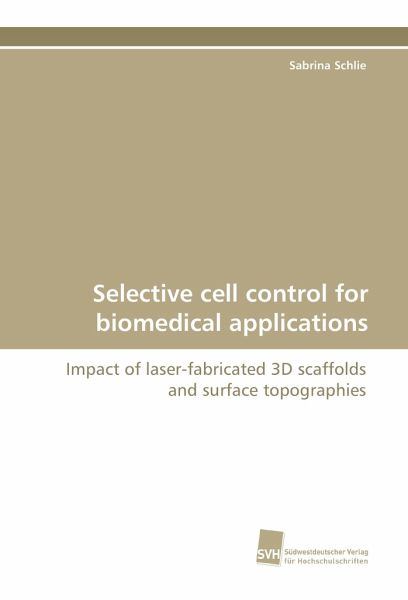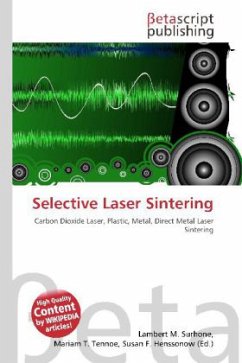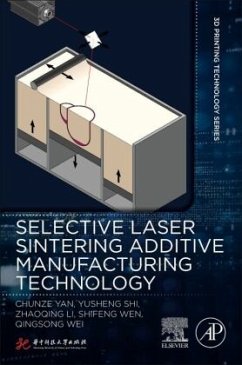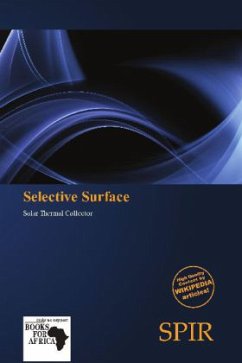
Selective cell control for biomedical applications
Impact of laser-fabricated 3D scaffolds and surface topographies
Versandkostenfrei!
Versandfertig in 6-10 Tagen
46,99 €
inkl. MwSt.

PAYBACK Punkte
23 °P sammeln!
In biomedical research biomaterial-cell interaction are of huge importance. One issue refers to the application of three-dimensional (3D) scaffolds to guide tissue formation and reconstruction. To improve implant adaptation a selective cell control is required. For this purpose, material functionalization methods such as providing surface topographies are under development. In this dissertation defined 3D scaffolds and topographies in micro- and nanometer scale were fabricated via laser-based nanoengineering at the Laser Zentrum in Hannover e.V., Germany. Indeed, the laser-fabricated construct...
In biomedical research biomaterial-cell interaction are of huge importance. One issue refers to the application of three-dimensional (3D) scaffolds to guide tissue formation and reconstruction. To improve implant adaptation a selective cell control is required. For this purpose, material functionalization methods such as providing surface topographies are under development. In this dissertation defined 3D scaffolds and topographies in micro- and nanometer scale were fabricated via laser-based nanoengineering at the Laser Zentrum in Hannover e.V., Germany. Indeed, the laser-fabricated constructs enabled a selective control of cellular behavior. With focus on adhesion ligands from the extracellular matrix, cell specific differences in adhesion mechanism could further be demonstrated. These findings not only help to explain the observed results, but also facilitate material search and functionalization for future biomedical applications.












